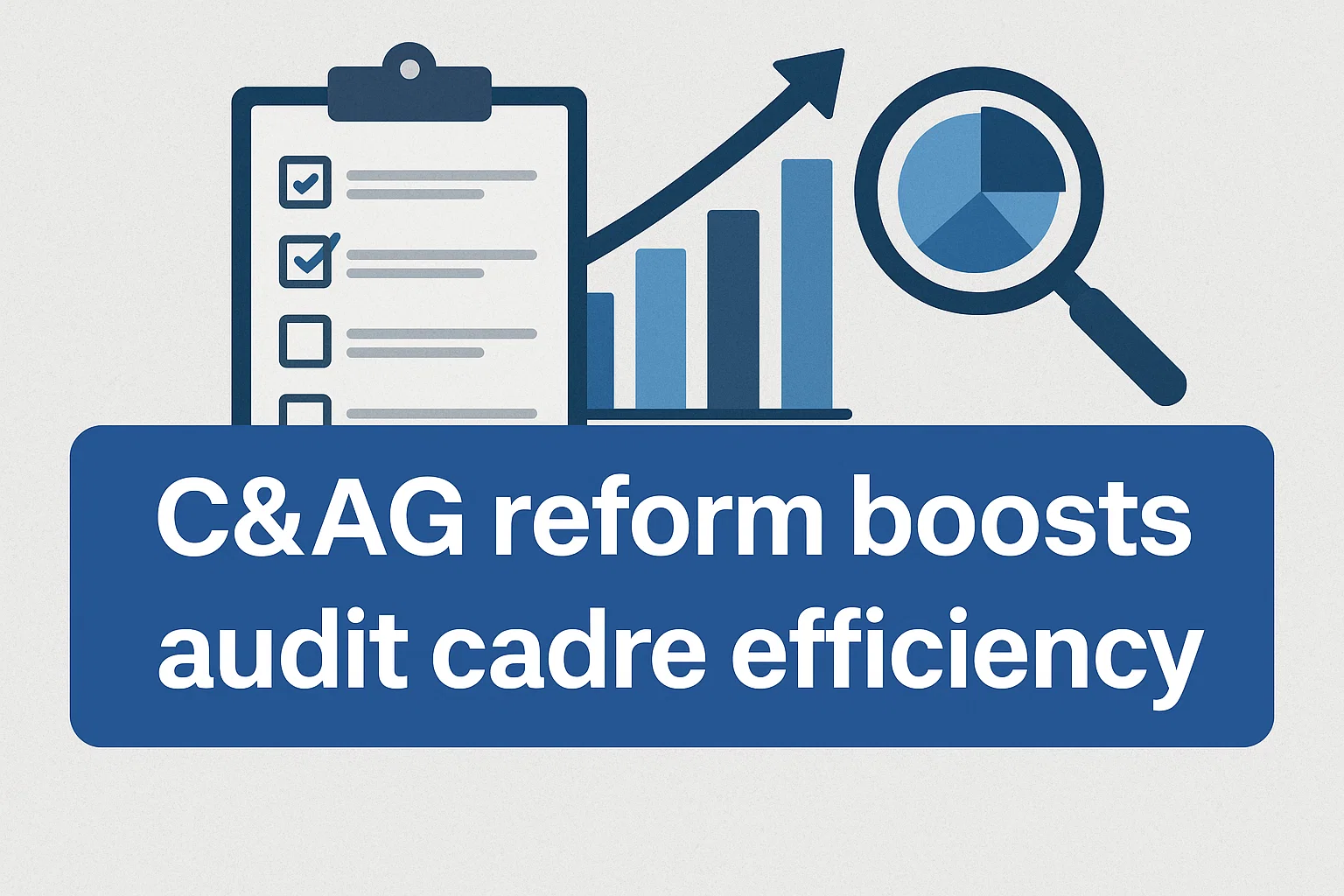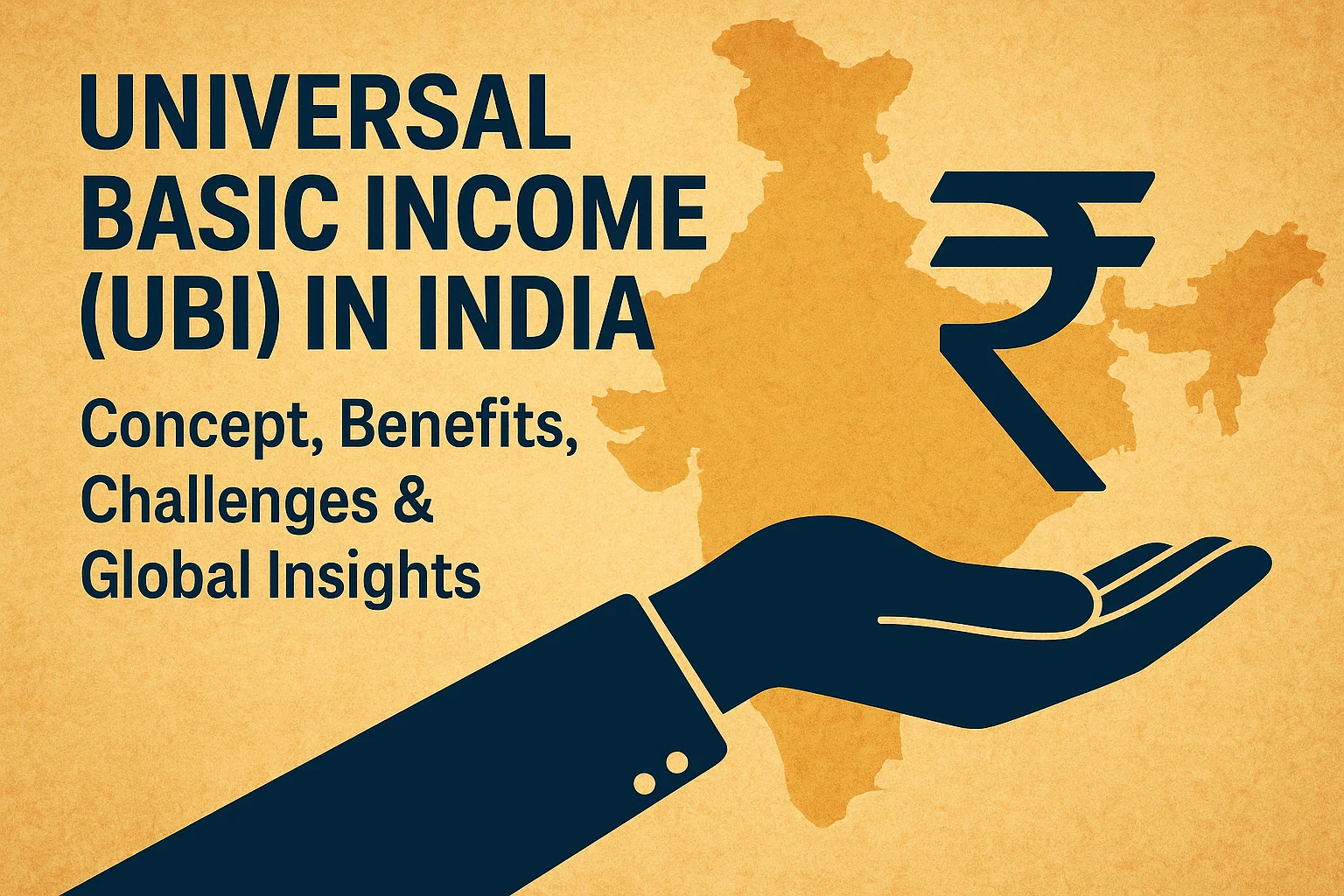The Digital Crop Survey
Content:
The Digital Crop Survey represents a groundbreaking initiative by the Indian government to revolutionise the way agricultural data is collected, processed, and utilised.
About the Digital Crop Survey:
- The Digital Crop Survey employs advanced applications and tools for collecting detailed agricultural data. A mobile application and a dedicated portal have been developed for surveyors to gather information on crop patterns, land holdings, and geotagged images of surveyed plots.
- Launched under the Ministry of Agriculture’s ₹2,817 crore Digital Agriculture Mission, this initiative aims to replace the traditional Patwari-Girdawari system with a more robust, accurate, and technology-driven approach. By FY26, the government plans to achieve pan-India coverage of digital crop surveys, ensuring real-time and reliable data for agricultural planning and policymaking.
- Initially piloted in six districts of Gujarat in 2023-24, the program has already scaled to 436 districts for the Kharif 2024 season.
Current State of Crop Production Survey:
- In the fiscal year 2023-24, the digital crop survey spanned 11 states, generating data used for the first advance estimates of food grain production for 2024-25. Notably, the states of Uttar Pradesh, Madhya Pradesh, Gujarat, and Odisha have shown significant progress, with digital surveys revealing increased rice cultivation in Uttar Pradesh.
- Furthermore, 10 million unique farmer IDs, or Kisan Pehchaan Patras, have been issued, consolidating critical information on land holdings and crop patterns. The government aims to extend this identification system to 110 million farmers nationwide in the coming years.
Technologies Used in Digital Crop Survey:
The Digital Crop Survey integrates cutting-edge technologies to enhance data accuracy and reliability:
- Remote Sensing: Used to generate precise crop maps and area estimations.
- Geospatial Analysis: Facilitates the identification and mapping of cultivated areas.
- Artificial Intelligence (AI): Enables advanced data analysis for yield forecasting and policy insights.
- Geo-Tagging: Ensures verification and validation of field-level data.
These technologies are complemented by partnerships with institutions such as the Space Application Center, Indian Agricultural Research Institute, and Indian Statistical Institute. The revamped Forecasting Agricultural output using Space, Agro-meteorology, and Land (FASAL) project also leverages these tools for data collection.
Significance of Digital Crop Survey:
The digital survey provides plot-level, geotagged crop data, serving as a single source of truth. Its benefits include:
- Accurate Production Estimates: Enables more precise forecasts and policy interventions.
- Enhanced Scheme Delivery: Assists in implementing MSP-based procurement, crop insurance, and credit-linked loans.
- Efficient Fertilizer Use: Promotes balanced and sustainable agricultural practices.
- Improved Data Transparency: Facilitates evidence-based decision-making and stakeholder collaboration.
Impact of Digital Crop Survey Till Now on Policy and Implementation:
The Digital Crop Survey has already made a significant impact on agricultural policy and implementation:
- Policy Decisions: Reliable data has informed the distribution of subsidies and the planning of procurement mechanisms.
- Increased Accuracy: The system has reduced errors common in manual surveys, ensuring better resource allocation.
- Data-Driven Insights: Enabled the identification of crop diversification trends and emerging agricultural challenges.
The Larger Picture
The Digital Crop Survey is a cornerstone of India’s digital public infrastructure (DPI) for agriculture. By integrating central and state-level systems, the initiative aims to provide farmer-centric services, including access to soil health data, livestock information, and crop advisory services. The UPAg portal further ensures data triangulation and cross-verification, enhancing the robustness of agricultural statistics.
As the survey expands nationwide, it promises to transform India’s agricultural landscape by improving policy effectiveness, ensuring equitable resource distribution, and empowering farmers with actionable insights. The Digital Crop Survey exemplifies the potential of technology in addressing systemic challenges and fostering sustainable agricultural growth in India.


